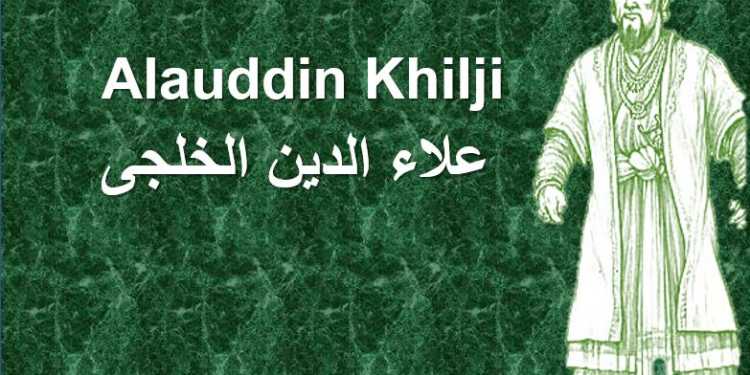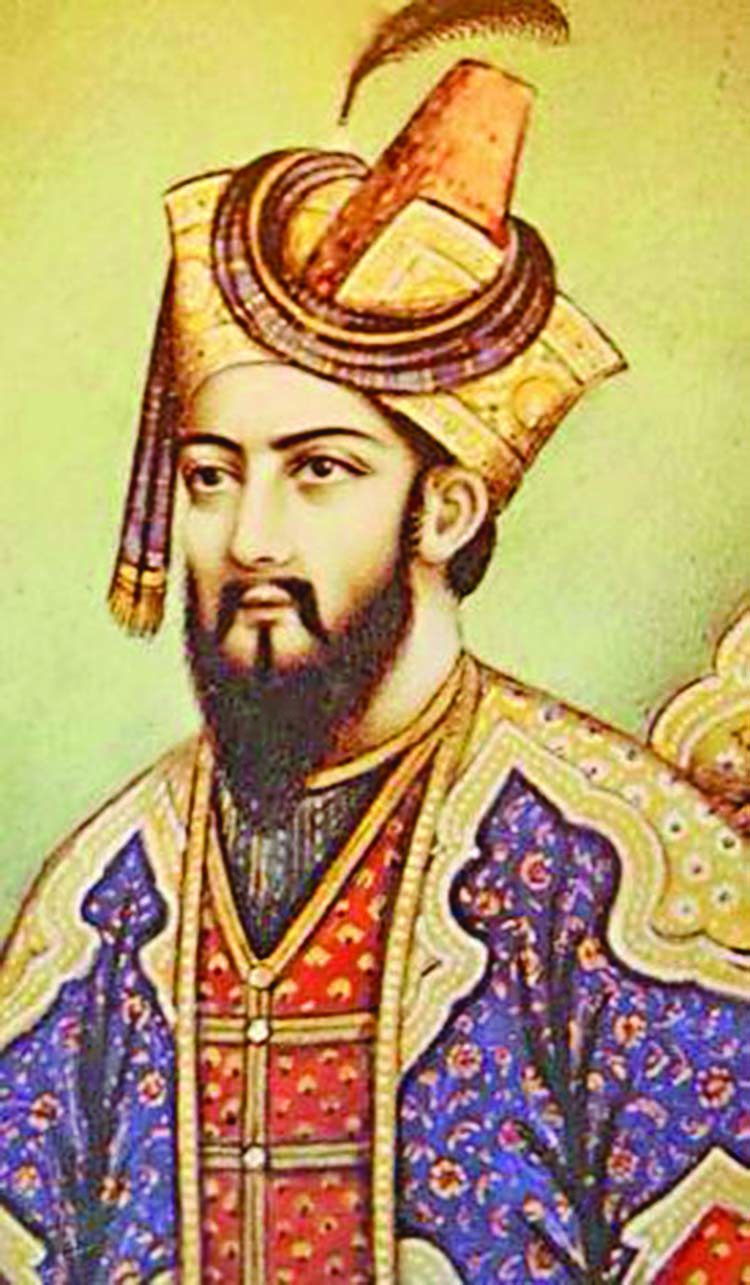
The territory of India has seen numerous emperors and changing dynasties for centuries. Alauddin Khilji Dynasty came next to the Slave Dynasty (1206-1290) that was governed by early Turkish rulers like Iltutmish, Raziya, Ghiyassuddin Balban, and Qutubddin Aibak. Khilji Dynasty established in 1920 by Jalal-ud-din Khilji ruled on Delhi Sultanate. The actual name Ali Gurshap famously remembered as Alu-ud-din a 14century Sultan of Delhi, who reigned energetically in India for 20 years (1296-1316) and ascertained himself as the most influential ruler of Delhi Sultanate.
He was the second ruler of the Khilji Dynasty and to our amazement, he became ruler after murdering Jalaluddin thereafter begin of an imperialistic period of the sultanate. In the words of historiographer without Ala-ud-din Khilji history would be insufficient, moreover, his reign was dramatic. Successors of Ala-ud-din Khilji were vulnerable and soft rulers who were not able to bear up the zenith Alauddin reached to.
Father of Khilji Dynasty: As documented by historians, Alauddin was brought up by his uncle Jalaluddin who came to be the sultan of Delhi, his own father expired in his childhood only. Jalaluddin specified Alauddin as Amir-i-Tuzuk (equivalent to the master of ceremonies)
Afghan Connection: According to Haji-ud-Dabir, Alauddin was born in Qalat, Zabul province, Afghanistan. His father Shihabuddin Mas’ud had 4 sons, Alauddin being the former with the birth name Ali Gurshasp.
Disturbed Married Life: Alauddin married his uncle, Jalaluddin’s daughter. In line with historians, Alauddin was not merrily married to Jalaluddin’s daughter Mallika-i-Jahan as she was disrespectful and used to overwhelm Alauddin. His other wives were Mahru, Kamaladevi and Jhatyapali. Chronicler also records the 4 sons of Alauddin – Khizr Khan, Shadi Khan, Qutub Ud Din Mubarak Shah and Shihab-ud-din Omar.
The Wave of Raids and Conquest: Alauddin launched invading convenient Hindu Kingdoms to acquire a lot of wealth and resources to put up a large troop against Jalaluddin but it wasn’t a piece of cake! He commenced with Bhilsa in 1293 and surrendered the entire loot to Jalaluddin to win his assurance. Jalaluddin was delighted and appointed Alauddin Khilji as minister of war (Ariz-i-Malik). He then marched to Devagiri 1296 and ransack a huge chunk of wealth, precious metals, jewels, silk, elephants, horses, and slaves. However this time he didn’t sacrifice his loots to Jalaluddin and went to Kara instead of retreating to Delhi.
Murdered King: When Jalaluddin agreed to visit Kara privately, he met Alauddin Khilji at the banks of Ganges River in Kara on 20th July 1296, Jalaluddin was slashed by Alauddin consequently proclaiming himself as the new king.
Charitable King: While in Kara, Alauddin Khilji dispensed about 35kgs of gold among a crowd in Kara. It was here where he got his title “Alauddunya was Din Muhammad Shah-us-Sultan” to illustrate his philanthropy.
Enormous Empire: During his hegemony, the Khilji Dynasty broadened to a vast area of the Indian subcontinent. He acquired Gujarat, Ranathambor, Jalore, Mewar, Warangal, Mabar, and Madurai. He even won against the Mongols every time they attempted to seize. They were thwarted in the battles of Jalandhar 1298, Kili 1299, Amroha 1305, Ravi 1306.
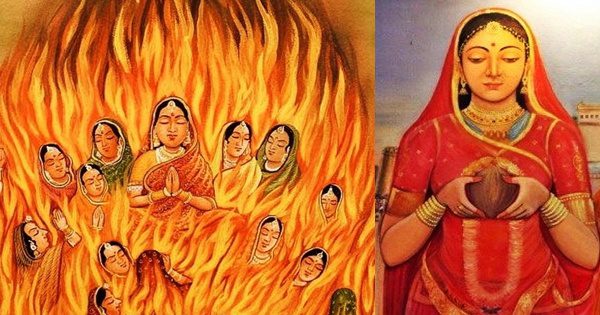
Queen Padmavati: In the ballad poem Padmavat penned by a 16th-century Sufi poet, Malik Muhammad Jayasi. in conformity with the poet Alauddin eternally eyed on Queen of Chittor Padmavati. He invaded Chittor in 1302-1303 against King Rawal Ratan Singh. Queen Padmavati perpetrated self-immolation on Ratan Singh’s pyre.
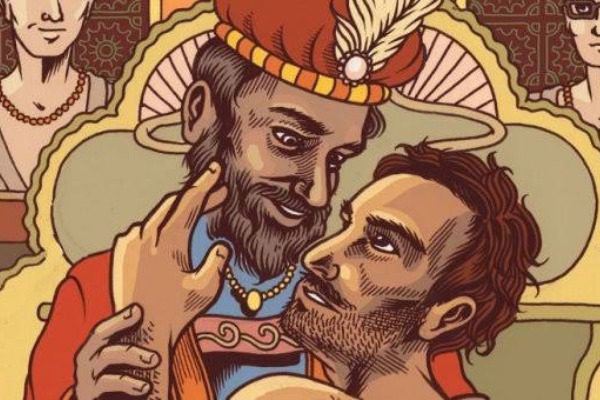
Sexual Orientation: This subject to date continues as a matter of discussion. Flocks of historians contended him as a violent and brutal monarch and a pedophile Who proclaimed himself a prophet and even compelled Qazis to juggle sacred affairs conforming to his caprices and obsessions. As stated by Devdutt Pattanaik, during his stop to Baccha Bazi in Gujarat there he saw a kid and was mesmerized by his charm hence he paid for that kid, Malik. Alauddin Khilji coached Malik Kafur as his sexual protégé and made him a chief advisor.
Mental Illness: When Alauddin Khilji desired to bring all women of Chittor to his Harem after gaining a victory against Chittor women conducted Jauhar (Sati). Traumatic and woeful outcries getting out from Jauhar Kund went on to plague Khilji for years. Which concluded in the breakdown of his mental health. Malik grabbed full benefit of this circumstance by taking and guiding strategies and policies on behalf of Alauddin.
No Maxima for Salaciousness: As per considerable references Alauddin Khilji’s craving for his sexual passions had surpassed such a level that it is assumed by historians that his Harem had more than seventy thousand males, females, and children. Less than half of the females were widows of men that he assassinated.
New Religion: Alauddin Khilji had no fondness for the Hindu religion and by all information, he was a devout Muslim, relatively a realist too. But to our astonishment, as Ziauddin Barani jotted down half a century after his expiration that he had firm faith in Islam and he didn’t patronize Muslim ulama. All this gave origin to the ideas of establishing a new religion.
Refinement in Art: Being an unlearned person Alauddin was a contributor of art and literature which is substantiated by seeing the number of poets and scholars in his court for example:- Amir Khusrao, Amir Hasan, and Qazi Ala-Ul-Malik. During his hegemony annalist say that he replicated Delhi as Cairo as Sultan gave orders to design various establishments like Siri Fort, Palace of one thousand pillars called Hazar Situn, many mosques, tanks encompassing prominent Shamsi Tank and Sarais. Alai Darwaza and the extension of the Qutub Mosque in Delhi infrastructure echo one of the best representations of early Turkish architecture.
An Economist: Market reforms were one of the characteristics of Alauddin Khilji’s administration. Being the first to inaugurate three varied markets in Delhi- for food grains, for clothes, and daily utility things like ghee, sugar, and oil, etc. Lastly a different market for horses, cattle, and slaves. He knew inflation because he kept the prices fixed for all commodities according to their value.
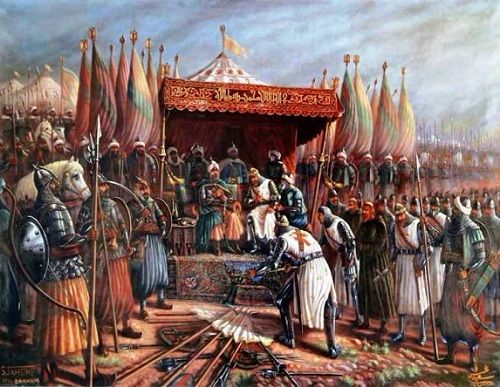
Military Man: Alauddin Khilji put a limit to century outmoded exercises of dependency on feudal chiefs for troops and commemorated the era of retaining a huge standing army which comprised four lakh seventy-five thousand (475000) horses. He strengthened a large army but on poor salaries as per Firishta a 16th-century chronicler.
Postal Communication: He came across the hardship of pan India empire and how problematic it was to convey from the seat of the Sultan to other locations, guiding to solidifying the first proper postal system for India. As written in accounts of Ibn Batuta and Baruni postal system was reasonable, promising, and productive in his reign as he placed multiple horsemen in a new post (similar to the relay race system).
Trendsetter of Reforms: Alauddin Khilji’s tax strategy has gained laurels from all over intellectuals. According to Cambridge Economy History of India, his taxation policy was perhaps the one establishment from his reign that persisted longer making its path to the nineteenth or even twentieth century.
Absolute Terror: Alauddin Khilji’s time period is regarded as the imperial period. He forewent with administration reform with an impediment on public gathering he even banned enjoying festivities according to some scholars. He saw surplus drinking of nobles in parties consequently he came up with a forbidding policy that prohibited the exchange and usage of wine and to set an instance he crushed all his wine vessels in the crowd.
Espionage System: The efficiency and usefulness of this strategy surpassed a hilltop as no one could stir without his awareness and whatever occurred was conveyed to Sultan Alauddin Khilji.
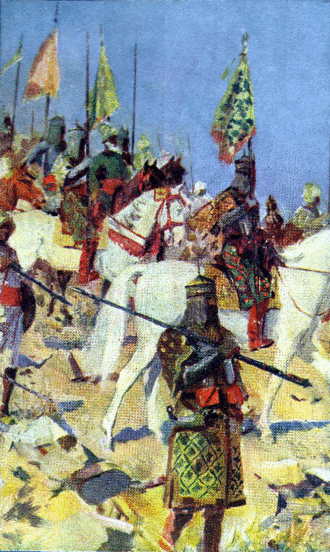
Harsh Betrayal: Relationship between Malik and Sultan Alauddin Khilji is not comprehended but what we do know is towards the end of Alauddin mourned from chronic illnesses. Malik deceived Alauddin by infiltrating dangerous fluids into his veins abandoning him to perish in Oedema. To quote historians here “Malik had their eyes sliced from their sockets like melons” Malik even chanced to take thrown for himself.
Also Read: Story of Rudraksh, the Jwels of Shiva

